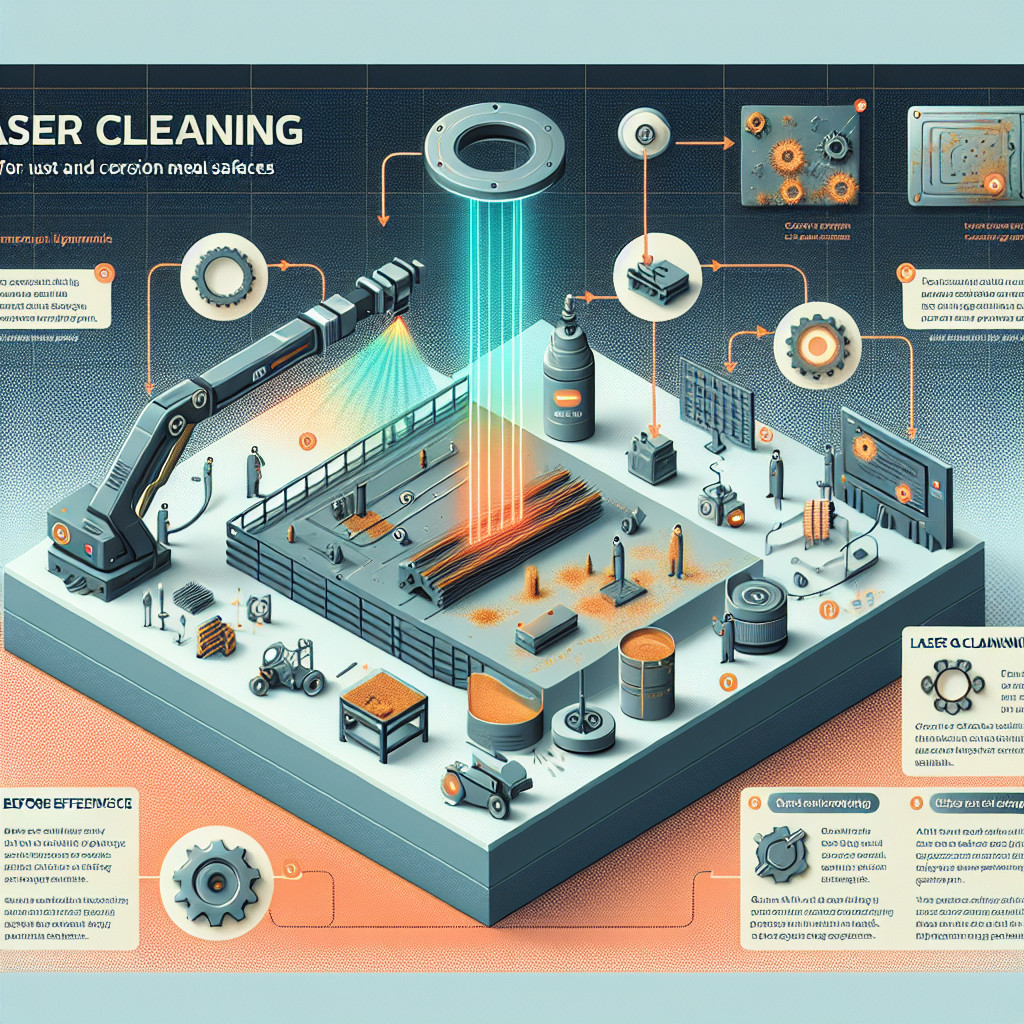- What is the purpose of computer monitoring software in government offices?
- How does computer monitoring software enhance security in government workplaces?
- When was computer monitoring software first implemented in government offices?
- Why do government offices choose to use computer monitoring software?
2. How does computer monitoring software help improve productivity and efficiency in government offices?
3. What are the potential privacy concerns associated with using computer monitoring software in government offices?
4. How can government offices ensure that computer monitoring software is used ethically and responsibly?
5. What are some key features to look for when selecting computer monitoring software for government offices?
6. How can computer monitoring software help prevent data breaches and unauthorized access to sensitive information in government offices?
7. What are the legal implications of using computer monitoring software in government offices?
8. How can government employees be educated and trained on the proper use of computer monitoring software?
9. How can computer monitoring software be integrated with existing security measures in government offices?
10. What are some best practices for implementing and managing computer monitoring software in government offices?
What is the purpose of computer monitoring software in government offices?
In today’s digital age, government offices are increasingly relying on computer monitoring software to ensure the security and efficiency of their operations. This software allows government agencies to monitor and track the activities of their employees on their computers, including the websites they visit, the applications they use, and the files they access. But what is the purpose of computer monitoring software in government offices, and why is it necessary?
1. Security:
One of the primary purposes of computer monitoring software in government offices is to enhance security. Government agencies deal with sensitive and confidential information on a daily basis, and it is crucial to protect this information from unauthorized access or leaks. By monitoring the activities of employees on their computers, government offices can identify and prevent security breaches before they occur. This can help to safeguard classified information and prevent cyber attacks on government systems.
2. Compliance:
Government offices are subject to strict regulations and compliance requirements, particularly when it comes to data protection and privacy. Computer monitoring software can help government agencies ensure that their employees are following the necessary protocols and guidelines when handling sensitive information. By monitoring employee activities, government offices can identify any potential violations of compliance regulations and take corrective action to address them.
3. Productivity:
Another important purpose of computer monitoring software in government offices is to improve productivity. By tracking the activities of employees on their computers, government agencies can identify any inefficiencies or bottlenecks in their workflow. This can help to streamline processes, eliminate unnecessary tasks, and improve overall productivity within the organization. Monitoring software can also help government offices identify employees who may be underperforming or engaging in time-wasting activities, allowing them to take appropriate action to address these issues.
4. Accountability:
Computer monitoring software can also help to promote accountability within government offices. By tracking employee activities, government agencies can ensure that employees are fulfilling their responsibilities and adhering to the policies and procedures of the organization. This can help to prevent misconduct or unethical behavior among employees, as well as provide a record of employee actions in case of disputes or investigations.
5. Risk management:
Government offices face a variety of risks, including security breaches, data loss, and compliance violations. Computer monitoring software can help government agencies identify and mitigate these risks by monitoring employee activities and identifying potential threats or vulnerabilities. By proactively monitoring employee actions, government offices can take steps to address any risks before they escalate into more serious issues.
In conclusion, computer monitoring software plays a crucial role in government offices by enhancing security, ensuring compliance, improving productivity, promoting accountability, and managing risks. By monitoring employee activities on their computers, government agencies can protect sensitive information, prevent security breaches, and ensure that employees are following the necessary protocols and guidelines. While some may view computer monitoring software as invasive or intrusive, it is a necessary tool for government offices to safeguard their operations and fulfill their responsibilities to the public.
How does computer monitoring software enhance security in government workplaces?
W dzisiejszych czasach, kiedy większość informacji przechowywana jest w formie cyfrowej, bezpieczeństwo danych staje się coraz bardziej istotne. W szczególności w miejscach pracy, takich jak instytucje rządowe, gdzie przechowywane są poufne informacje, konieczne jest zastosowanie odpowiednich środków bezpieczeństwa. Jednym z narzędzi, które może pomóc w zapewnieniu bezpieczeństwa danych w miejscach pracy, jest oprogramowanie do monitorowania komputerów. W tym artykule omówimy, w jaki sposób oprogramowanie do monitorowania komputerów może zwiększyć bezpieczeństwo w miejscach pracy rządowych.
Monitorowanie aktywności pracowników
Jednym z głównych sposobów, w jaki oprogramowanie do monitorowania komputerów może zwiększyć bezpieczeństwo w miejscach pracy rządowych, jest monitorowanie aktywności pracowników. Dzięki temu narzędziu administratorzy systemu mogą śledzić, jakie strony internetowe odwiedzają pracownicy, jakie aplikacje używają, czy też czytają i wysyłają e-maile. Dzięki temu mogą szybko zauważyć podejrzane zachowania, które mogą wskazywać na potencjalne zagrożenia dla bezpieczeństwa danych.
Ochrona poufnych informacji
Oprogramowanie do monitorowania komputerów może również pomóc w ochronie poufnych informacji przechowywanych w miejscach pracy rządowych. Dzięki temu narzędziu administratorzy systemu mogą ustawić reguły dotyczące dostępu do danych, monitorować, kto ma dostęp do jakich informacji, oraz śledzić, czy nie dochodzi do nieautoryzowanego dostępu do poufnych danych. W ten sposób można zapobiec wyciekom informacji i zwiększyć bezpieczeństwo danych przechowywanych w miejscach pracy rządowych.
Wykrywanie zagrożeń
Oprogramowanie do monitorowania komputerów może również pomóc w wykrywaniu potencjalnych zagrożeń dla bezpieczeństwa danych w miejscach pracy rządowych. Dzięki temu narzędziu administratorzy systemu mogą monitorować aktywność sieciową, wykrywać podejrzane zachowania, takie jak próby włamania się do systemu, ataki phishingowe czy malware. Dzięki temu można szybko zareagować na potencjalne zagrożenia i zapobiec wyciekom danych.
Podsumowanie
Oprogramowanie do monitorowania komputerów może być skutecznym narzędziem w zwiększaniu bezpieczeństwa w miejscach pracy rządowych. Dzięki monitorowaniu aktywności pracowników, ochronie poufnych informacji oraz wykrywaniu zagrożeń, administratorzy systemu mogą zapewnić, że dane przechowywane w miejscach pracy rządowych są bezpieczne i chronione przed potencjalnymi zagrożeniami. Warto więc rozważyć zastosowanie oprogramowania do monitorowania komputerów w miejscach pracy rządowych, aby zapewnić bezpieczeństwo danych i chronić informacje przed nieautoryzowanym dostępem.
When was computer monitoring software first implemented in government offices?
The use of computer monitoring software in government offices can be traced back to the early 2000s. As technology began to advance rapidly, government agencies realized the need to monitor and track the activities of their employees to ensure compliance with policies and regulations.
One of the earliest examples of computer monitoring software being implemented in government offices was in the United States. In 2002, the Department of Defense began using monitoring software to track the activities of its employees and contractors. This software allowed the department to monitor internet usage, email communications, and file transfers to ensure that sensitive information was not being leaked or misused.
Over the years, the use of computer monitoring software in government offices has become more widespread. Today, many government agencies around the world use monitoring software to track employee activities, prevent data breaches, and ensure compliance with regulations.
In addition to monitoring employee activities, computer monitoring software is also used to track the performance of government systems and networks. By monitoring network traffic and system performance, government agencies can identify potential issues and take proactive measures to prevent downtime and security breaches.
The implementation of computer monitoring software in government offices has not been without controversy. Critics argue that the use of monitoring software infringes on employee privacy rights and can create a culture of distrust within the workplace. However, proponents of monitoring software argue that it is necessary to ensure the security and efficiency of government operations.
In conclusion, computer monitoring software was first implemented in government offices in the early 2000s as a way to track employee activities, prevent data breaches, and ensure compliance with regulations. While the use of monitoring software has been met with some controversy, it has become an essential tool for government agencies around the world.
Why do government offices choose to use computer monitoring software?
There are several reasons why government offices choose to use computer monitoring software. One of the main reasons is to ensure compliance with regulations and policies. Government agencies are often subject to strict regulations and guidelines regarding the handling of sensitive information, and computer monitoring software helps ensure that employees are following these rules. By monitoring employee activities, government offices can identify any potential security breaches or violations of policies and take appropriate action.
Another reason why government offices choose to use computer monitoring software is to increase productivity. By tracking employee activities, government agencies can identify any inefficiencies or time-wasting behaviors and address them accordingly. This can help improve overall productivity and ensure that government employees are using their time and resources effectively.
Additionally, computer monitoring software can help government offices protect sensitive information and prevent data breaches. By monitoring employee activities, government agencies can identify any unauthorized access to sensitive information and take immediate action to prevent any potential security threats. This can help safeguard sensitive government data and ensure that it remains secure at all times.
Furthermore, computer monitoring software can help government offices track and monitor employee performance. By analyzing employee activities and behaviors, government agencies can identify any areas where employees may need additional training or support. This can help improve employee performance and ensure that government offices are operating at peak efficiency.
Overall, computer monitoring software is a valuable tool for government offices looking to enhance security, increase productivity, protect sensitive information, and improve employee performance. By implementing this software, government agencies can ensure that their operations are running smoothly and efficiently, while also safeguarding sensitive information and complying with regulations and policies.



